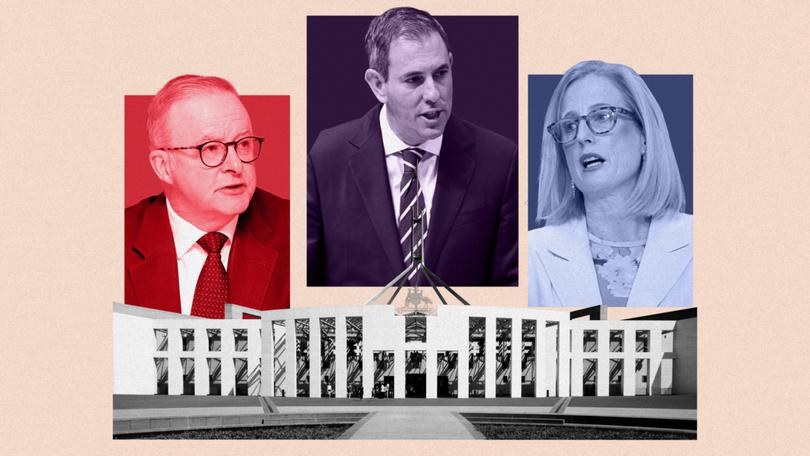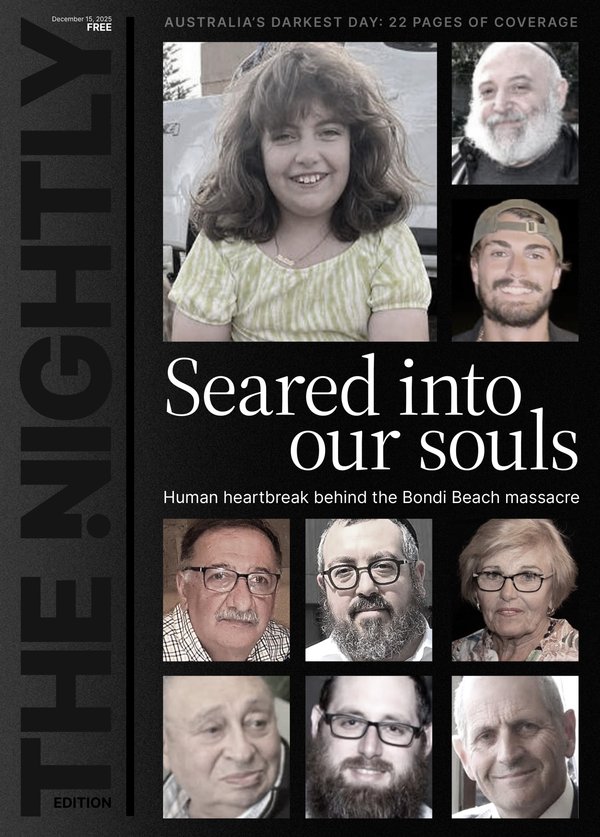EDITORIAL: Jim Chalmers’ difficult Budget may not be cost-of-living cure Australians hoped

If you were hoping for the Government to swoop in to save you from this cost-of-living crisis, you’re out of luck.
This Budget isn’t it.
In Jim Chalmers’ third and likely final May Budget before next year’s election, the Treasurer has made some attempts to soften the impact on households from the dual financial pressures of stubbornly high inflation and crushing interest rate rises.
Sign up to The Nightly's newsletters.
Get the first look at the digital newspaper, curated daily stories and breaking headlines delivered to your inbox.
By continuing you agree to our Terms and Privacy Policy.There’s a $300 power rebate which the Government will be relying on to dominate the post-Budget headlines and generate some goodwill among voters.
There’s the extension of a freeze on medicine price rises, and a further 10 per cent increase to the maximum rate of Commonwealth rent assistance, on top of a 15 per cent increase in last year’s Budget.
That’s in addition to the changes announced earlier this year to the stage three tax cuts. Those tax cuts will deliver an average benefit of $1888 per taxpayer this year.
But for the large and growing number of Australian families who are sincerely struggling to get by, it’s difficult to see how this Budget will make a significant difference to their lives.
That said, Dr Chalmers is in a fiendishly difficult situation.
Yes, cost-of-living pressures are real and immediate. Many families have been pushed to breaking point. They’re desperate for some help.
But the worst thing Dr Chalmers could do is too much. That would be to risk prolonging household pain by dragging out this inflation crisis longer than is necessary.
Keeping a lid on inflation, and thereby giving Australians some hope that they will see a decrease in the cash rate before next year’s election, is rightly the Government’s number one priority.
Dr Chalmers reckons he’s cracked the formula. According to Treasury’s forecasts, inflation may return to its target band of between 2 and 3 per cent by the end of this year, instead of 2025 as the RBA predicted just last week.
Many will view Treasury’s surprisingly sunny outlook with some scepticism.
And when you dig into the big picture economic data, there are some storm clouds on the horizon.
After a second consecutive surplus this financial year, the Budget will plunge back into the red in 2025, where it will remain in a structural deficit across the forward estimates.
Gross debt will peak at 33.9 per cent of GDP by the middle of next year.
Ballooning costs in the tricky areas of defence, health, aged care and the NDIS remain enormous pressures, and will make hauling the Budget out of this spending black hole a difficult task.
More spending, increased debt and bigger deficits. That’s the story the Coalition will want to tell as we enter an election year.
The Government will want to keep the focus on its cost-of-living measures, as well as its flagship $22.7 billion Future Made in Australia manufacturing policy.
At the moment, there are question marks over what that concept will mean in reality, though investment in WA and the resources industry through tax credits and geological mapping exercises are worthy and welcome.
Ultimately, Australians will decide if it’s a future they want to be a part of at next year’s election.
Responsibility for the editorial is taken by Editor In Chief Christopher Dore.
